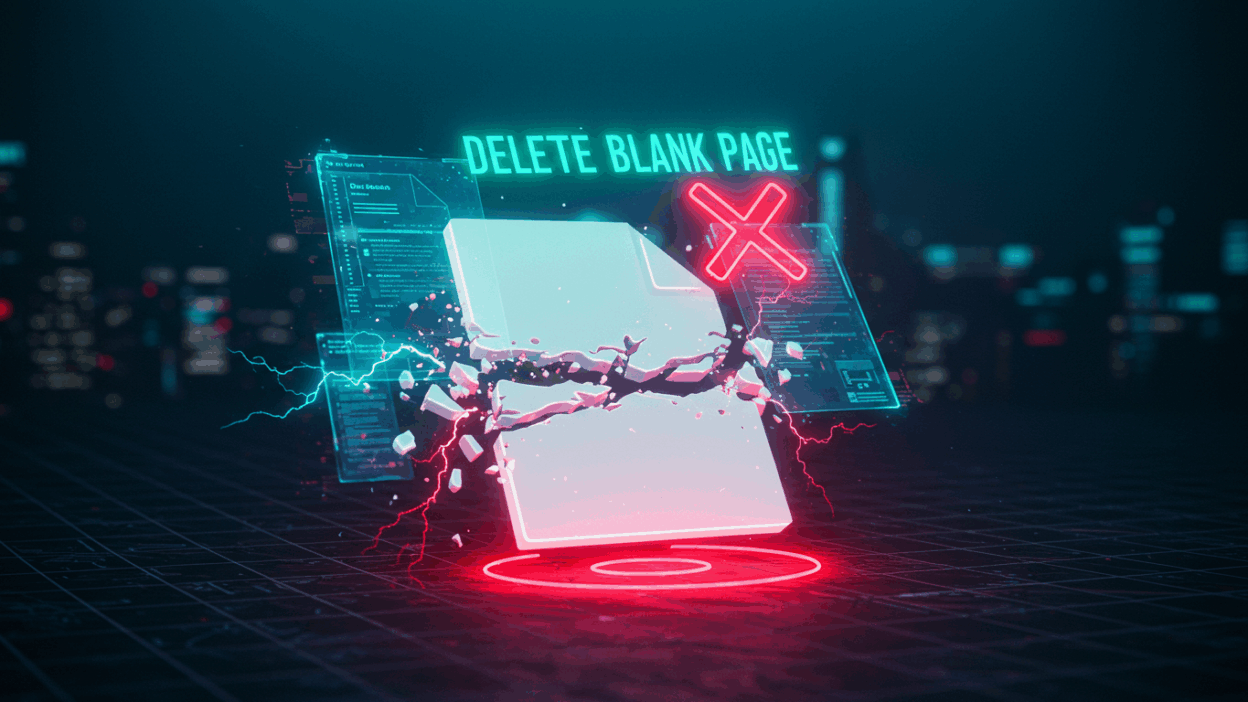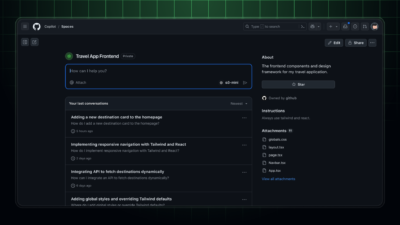Have you ever been working within a Word document only to discover an unwanted blank page located stubbornly at the end or in the middle? It is a typical frustrating problem to find. Thankfully, it is not a hard thing for one to fix. To know how to delete a blank page in Word can save you time and hassle, whether it is a formatting glitch in your report or a random extra page at the end of your resume.
You will learn to quickly permanently get rid of those pesky blank pages in this guide. We will use GIFs and also a series of short video clips as GifHow does suggest for the purpose of making each step crystal clear.
What Causes Blank Pages in Word?
First, it helps to understand why these blank pages appear in the first place. They are usually not a random error but a result of hidden formatting marks that create a new page. Common culprits include:
- Excessive Paragraph Marks: A few too many
Enterkey presses at the end of a section can push text onto a new, blank page. - Page Breaks & Section Breaks: These are special commands that force content to start on a new page. If they’re placed incorrectly, they can lead to blank pages.
- Large Images or Tables: An image or table that is too large for the remaining space on a page can get automatically pushed to the next one, leaving the previous page blank.
- Hidden Formatting: Issues with margins, headers, or footers can sometimes contribute to blank pages.
How to Check for Hidden Formatting Marks
Before you start deleting, you need to see what you’re working with. The key to solving this issue is to make the invisible formatting marks visible.
To do this, click the Show/Hide ¶ button in the Paragraph group on the Home tab of the Ribbon.
How to Delete Blank Pages (Step-by-Step)
Once you can see the hidden marks, you can easily identify the cause of your blank page and delete it. Here are the most common methods.
Method 1: Deleting Unwanted Paragraph Marks
If your blank page is at the very end of your document, it’s most likely caused by a stray paragraph mark.
Simply place your cursor at the end of the last line of text and press the Backspace key until the blank page disappears. If that doesn’t work, select all the visible paragraph marks (¶) on the blank page and press Delete.
Method 2: Removing a Page Break
A Page Break is a manual command that forces text to a new page. If it’s the last thing on your page, it will create a blank one.
To delete a Page Break, click on it to select it, then press the Delete key.
GIF/Video: How to delete a page break step by step
Method 3: Fixing a Section Break
Section Breaks are more complex than Page Breaks. They are used to apply different formatting (like headers, footers, or page numbers) to different parts of your document. A Next Page or Odd Page section break at the end of your content will often cause a blank page.
To remove it, simply click on the Section Break and press Delete.
Warning: Deleting a section break can sometimes merge the formatting of the two sections. If this happens, you may need to reapply your desired formatting to the next section.
Advanced Troubleshooting
If the above methods don’t work, here are a few other things to check:
- Tables and Images: A large table or image can sometimes get pushed to a new page, leaving the previous one blank. Try resizing or re-positioning the object.
- Draft View: If you’re still having trouble, switch to Draft View (View > Draft). This view hides the page layout and makes it easier to see and delete section breaks and other hidden marks.
- Find and Replace: For a quick fix, use the Find and Replace tool (
Ctrl+H). In theFind whatbox, type^b(to find section breaks) or^m(to find page breaks), leave theReplace withbox empty, and click Replace All.
Conclusion
Deleting a blank page in Word is usually a simple matter of finding and removing a hidden formatting mark. By using the Show/Hide ¶ button, you can easily spot and fix the cause. Whether it’s an extra paragraph mark, a page break, or a section break, our step-by-step video tutorials on GIFHow make the process quick and painless.
We hope this guide helped you. If you’re looking for more quick fixes and tutorials, check out our other guides on Word, Excel, and PowerPoint.
Frequently Asked Questions (FAQ)
No. If a section break is causing a blank page, but you need to keep the different formatting, consider changing the section break type from Next Page to Continuous.
The process is almost identical. The Show/Hide ¶ button is in the same place, and you can delete page breaks and section breaks in the same way.
This can happen if you have a hidden table or a large image with an incorrect text wrapping setting. Try switching to Draft View to check for these items.
Get More Quick Tutorials
If you want to learn more software and platforms, be sure to visit GifHow for our detailed guides. We’re here to help you master the steps.




